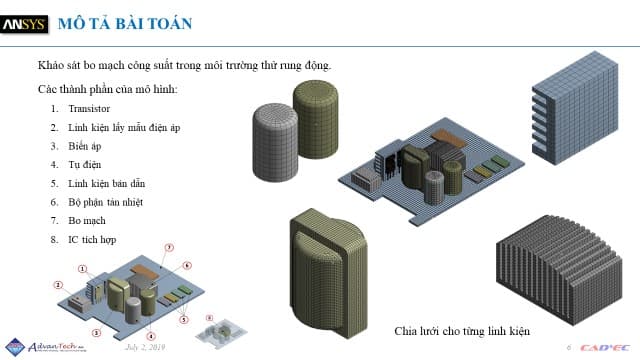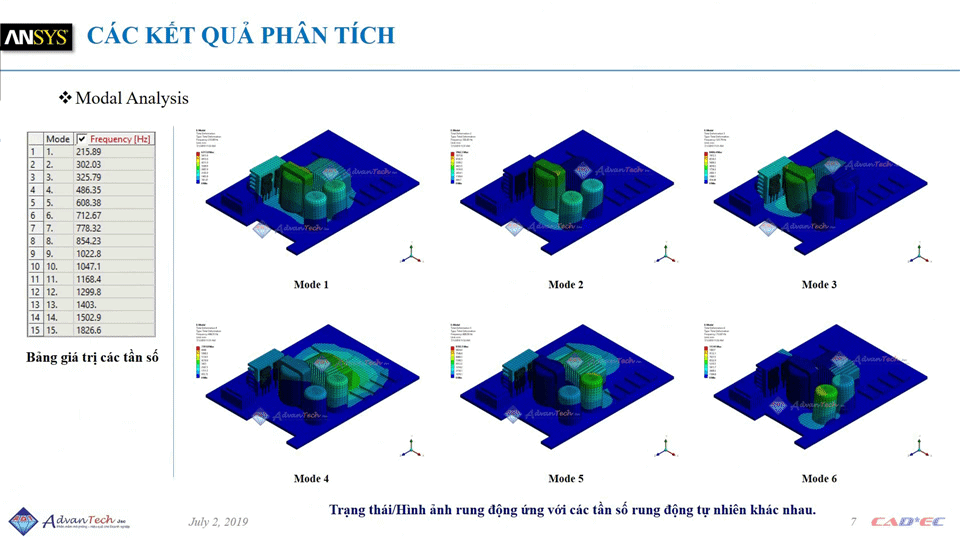Solution for the modal analysis
Vibration testing and dynamic interaction are used to determine the vibration characteristics and its effects on the design and working life of the products. This is an indispensable step in the product development process. Engineering simulation of the experimental vibration tests can be described as: Natural vibration analysis, or Modal Analysis, Harmonic Response Analysis, Random Vibration Analysis, Transient Analysis, etc.
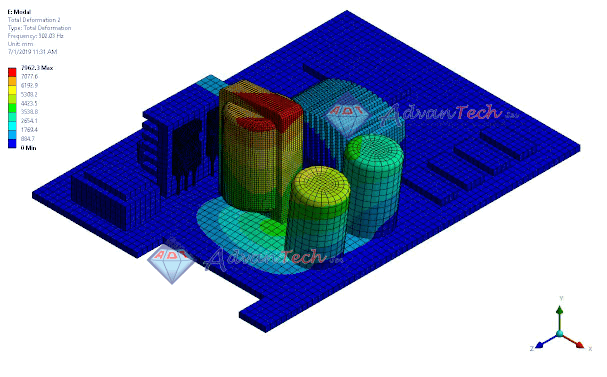
Figure 1: Some of the CAE applications related to the product vibration testing
The first step before conducting a simulation of the vibration test is to investigate the natural vibration characteristics of the design. To do this, engineering simulation software often provides a tool called Modal Analysis.
In this article we mention only Modal analysis, other analysis (Harmonic Response Analysis, Random Vibration Analysis, Transient Analysis ...) will be described in another article.
Modal analysis helps the design engineers identify the natural vibration characteristics of the structure without the load impact, and the obtained results are the natural frequencies of the structure.
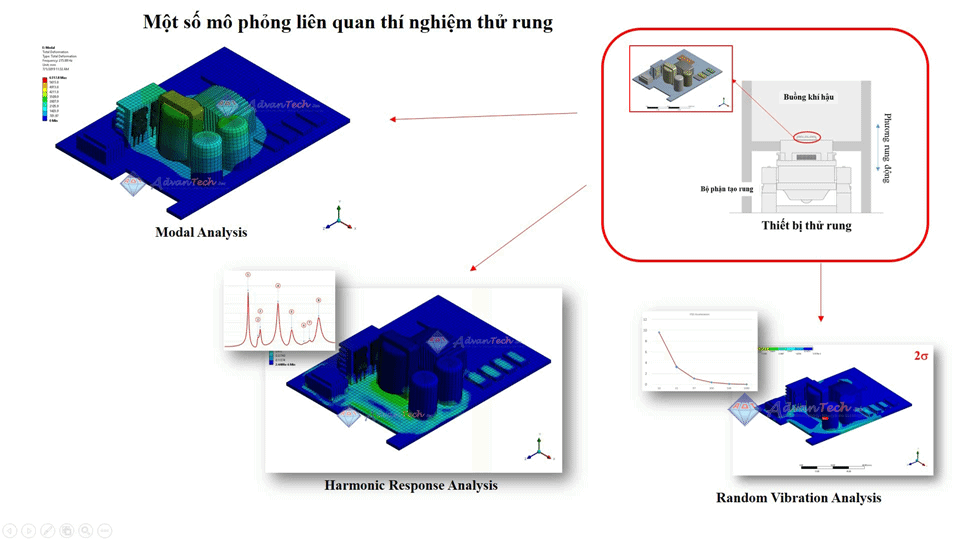
Figure 2 The animation represent vibrations of structures at natural frequency
Besides determining the natural frequency values, other parameters such as:
- Vibration trend or mode shapes corresponds to the natural frequencies.
- Percent of effective volume/mass involved to the oscillation of the structure at a natural frequency
- The contribution of each frequency mode affects the overall response of the structure when vibrating under the effects of the harmonic load.
… are also the important information that engineering simulation tool provides to engineers.
These parameters help engineers navigate the design to restrict or enhance vibration in important areas of the structure, in order to improve performance of the design.
Before each simulation procedure, geometry model, material model, meshing model of the considered design must be carried out in detail and meticulously, ensuring accuracy and reliability for each analysis.
In the example, a power board is modeled in detailed. The electronic components are bonded onto the board and characterized by a corresponding material model. To ensure reliable results, geometric models are meshed and check quality on each component carefully.
For Modal analysis, the engineering simulation tool will produce the results: natural vibration frequencies in the form of tabular data along with their respective mode shapes [Figure 4].
|
|
|
Some applications of Modal analysis:
- Determine the resonant frequencies (the natural frequencies) of the structure
- Identify the mode shapes corresponding to the natural frequencies
- Determine the effective mass components involved in overall vibration for each natural frequency.
- Used to check the connection between components in the assembly model.
- Determine the vibration characteristics of the structure subject to prestressed load and boundary conditions
- Modal results are used to determine the structural response under the effect of load changes over time (transient stage), frequency (harmonic response) or random vibration.
Next article: Investigate the response of the structure subjected to the base excitation.
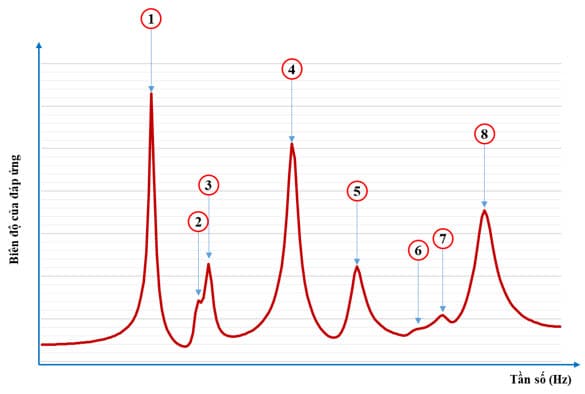
Figure 5 Example about the response amplitude at different frequencies in harmonic vibration analysis.
To get more information about modal analysis or related simulation solutions, please contact us : info@advantech.vn
Please specify "Source Advantech, Jsc." or "According to www.advantech.vn" if you want to disseminate this information



